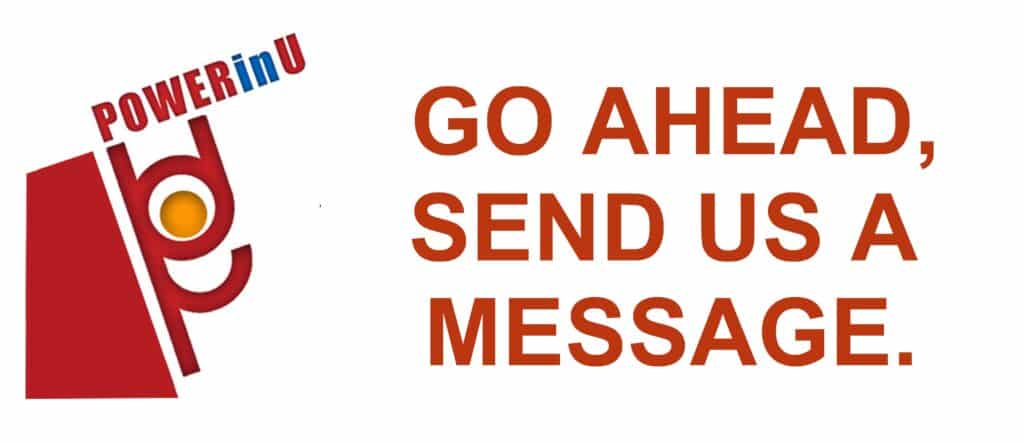By Benjie Garcia
Employee engagement has been growing in importance among business leaders. And rightly so if one considers employee engagement as a predictor of talent retention and organization performance. In today’s challenging business environment where organizations constantly need to change and innovate in order to win, maintaining or improving the level of employee engagement can be a challenge. If one looks closely at how employee engagement is defined, much of it really is about getting an indication of the level of trust in the organization (i.e. how well do employees trust their peers, direct managers and senior leaders of their organization?).
The Human Resource function is called upon to help strengthen trust in the organization, especially in leaders and managers. In her book “Conversational Intelligence”, Judith E. Glaser shares her model in order to build TRUST in an organization. She describes the five steps of her TRUST Model as follows:
- Create Transparency – Create the conditions that encourage people to talk openly about the threats and fears that are standing in the way of building trust. Transparency is also about sharing our intentions so people don’ read into them.
- Focus on Building Relationships – Enable leaders to “connect” with their direct reports and peers personally. Create the shift from “power-over others” to “power-with others.”
- Build Understanding – Understanding each other’s “context” and “perspective” is invaluable for building trust. Listening to how another person “holds his reality” – and doing it without judgement – is priceless.
- Creating a Shared Vision of Success – Look at what success means from each other’s point of view and build benchmarks for measuring success. Leaders to lower their attachment to being right and shift the conversation from entrenchment to discovery.
- Testing Assumptions and Truth Telling – Test perceptions and assumptions about reality. Step into each other’s shoes, and see the world from the other person’s perspectives.
These steps reflect behaviors and competencies that people managers and individual contributors should demonstrate consistently in order to build and sustain a culture of trust. HR leaders and professionals can utilize the tools and resources at their disposal in order to embed these behaviors and competencies in the DNA of the organization.
A good starting point is in Talent Selection where candidates can be screened for these competencies. Another area is in Learning and Development where competency programs can be made available as part of the employee development curriculum. Coaching programs using either internal or external coaches can have a significant impact in helping leaders become effective nurturers of trust. Setting behavioral standards as part of performance management and succession planning, if rigorously implemented by senior leaders, will reinforce these desired behaviors.
Other opportunities I have found impactful are what Glaser referred to as “rituals.” For example, regular townhall meetings with senior leaders where employees are encouraged to express their views and ask questions without fear of reprisal. As an HR professional, I have found facilitated new leader integration and team integration sessions to be really effective in accelerating team development rooted in trust and respect. There are many other tools and opportunities for HR can leverage to support a culture of trust and enhance employee engagement. Finally, HR leaders and professionals must practice these trust building behaviors themselves!
* Reference: Conversational Intelligence book by Judith E. Glaser

